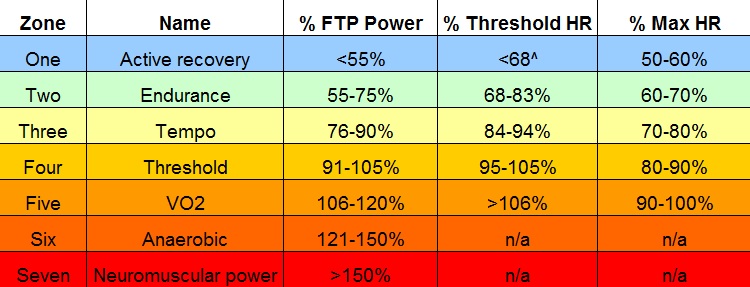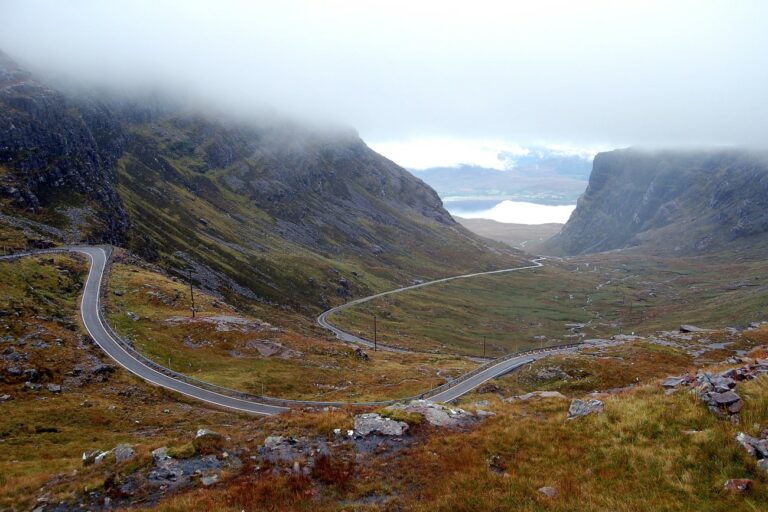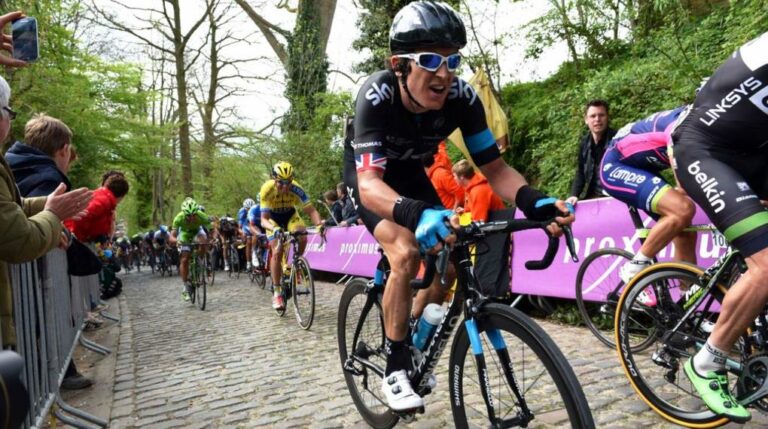Inspired by Flanders
-

The Fiandre range is inspired by the changeable weather of Flanders
-
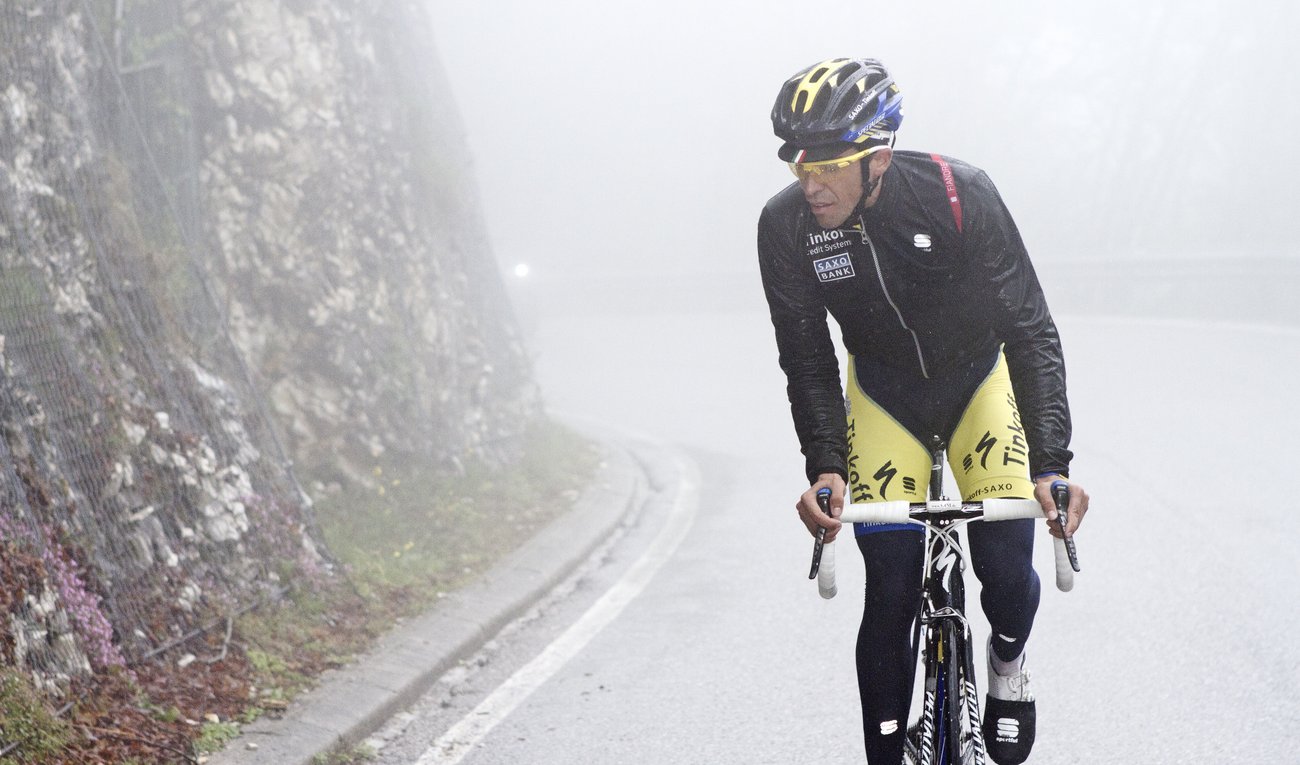
The Sportful Fiandre Light WS Jacket was developed with Alberto Contador's Tinkoff-Saxo team
-
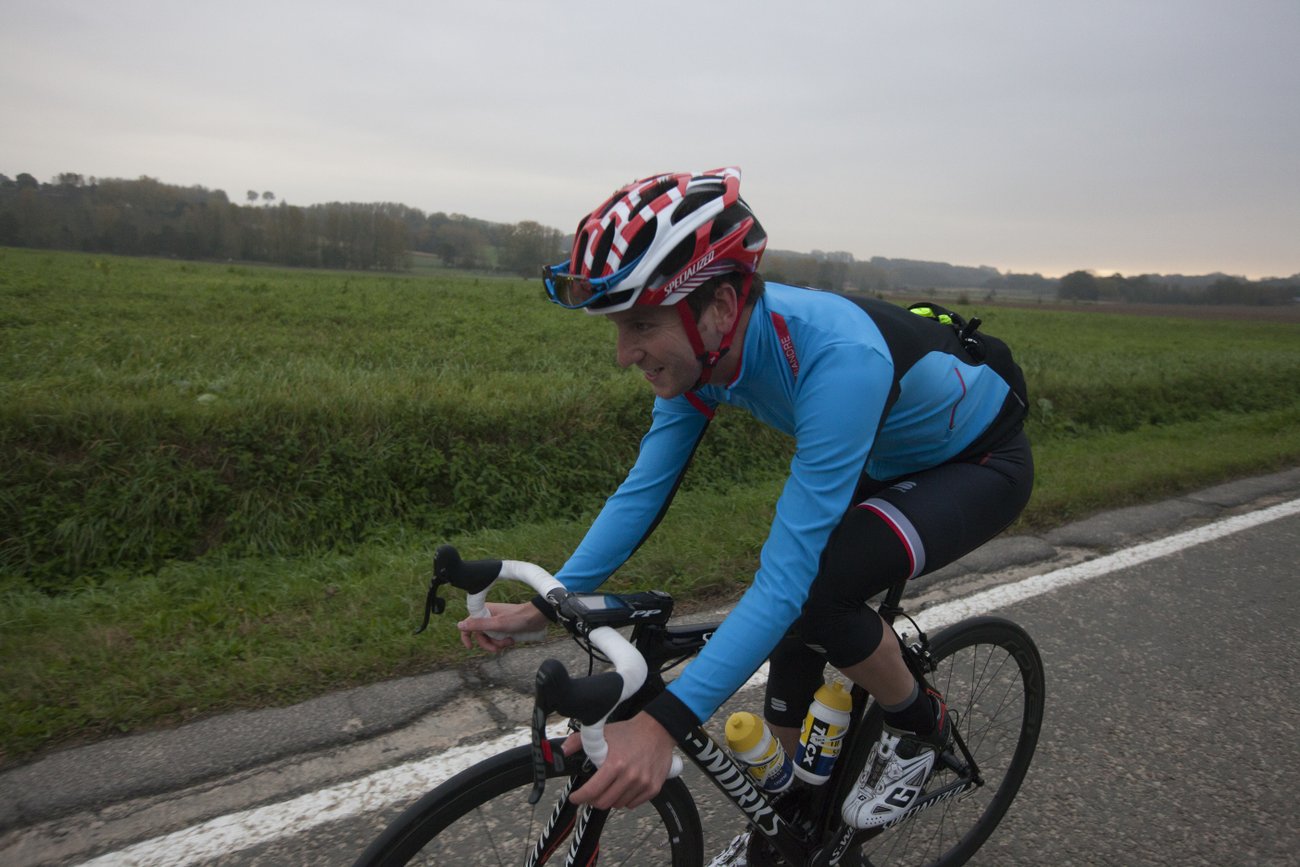
We've been impressed with the Sportful Fiandre Light Wind Jersey so far
-

The NoRain Top is designed to offer the low weight and packability of a gilet but with improved weather protection
-

The fleece-lined Sportful Fiandre NoRain Bib Shorts have revamped with a wide, raw-cut leg band
Inspired by Flanders
Italian company Sportful has grown its Fiandre clothing, with a versatile collection inspired by the changeable weather of Flanders.
Fiandre is the Italian word for Flanders, the region where some of cycling’s toughest one-day races, including the Ronde van Vlaanderen, are played out each spring – often in harsh weather conditions. The Fiandre range has been developed to offer riders protection from that unpredictable weather, namely wind and rain, without compromising on fit or breathability.
That wind and rain protection comes thanks to the use of Gore Windstopper fabrics across the range, combined with Sportful’s proprietary NoRain nano-treatment, which is inspired by the surface of a peach and essentially adds millions of tiny ‘hairs’ just 25 microns long (that’s 25 millionths of a metre) to the fabric, as well as a chemical treatment, to keep water out. (As a side note, Sportful warn against washing NoRain products with fabric softener as it will damage the nano-treatment.)
“The inspiration for these products is Flanders,” said Sportful brand manager Steve Smith at the Fiandre launch in Oudenaarde, Belgium. “On any given day you may have some sun, some wind, some cold, some rain. You might have sleet, you might have snow.”
That’s not unlike the UK, almost regardless of the season, and Sportful have spent two years developing a range made up of a jacket, a jersey, a ‘top’, bib shorts and bib tights (we’ll run through each over the following pages) which will likely see use through much of the year. British riders will find a lot to like.
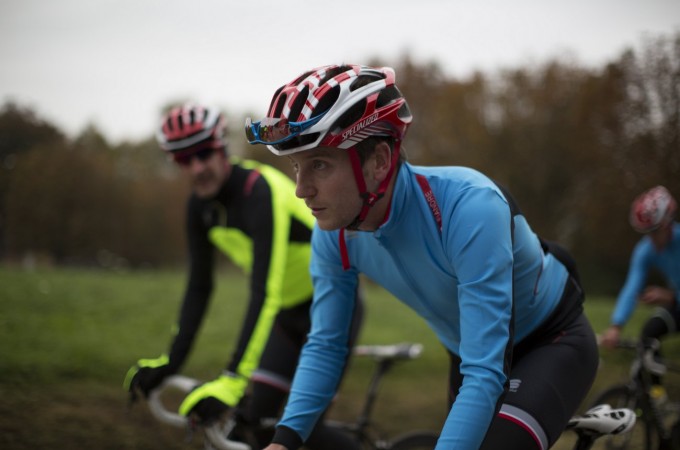
In recent years we’ve noted a trend away from fully-waterproof garments which may protect from rain but which will overheat the rider and leave them soaked through a lack of breathability, to pieces which offer the performance and features of a lightweight jersey or jacket, while retaining an impressive level of water resistance. Prototypes of Sportful’s flagship Fiandre Light Windstopper Jacket were used by the Tinkoff-Saxo team at the Giro d’Italia, including on the Stelvio stage, and on the rain-soaked cobbled fifth stage of the Tour de France, while the Castelli Gabba remains a popular option through the peloton during the spring Classics.
The key, Smith says, is creating a product which keeps the rider warm and comfortable by maintaining a consistent body temperature, rather than completely dry.
“These products come from an insight we had a couple of years ago with developing fabric technologies,” said Smith, “but also what we’ve learnt about a better way to construct garments for the cold and wet.
“The starting point for this range is that the way we’ve traditionally thought about rain jackets is all wrong. For years and years, the rain jacket has been the most hated item of clothing. If you looked outside and there was a chance of rain then you’d put a rain jacket in your pocket and hope that it wouldn’t rain because once you put that thing on it’s like a plastic bag.
“The industry has tried to make rain jackets for cycling like they’ve made rain jackets for mountaineering, with a guarantee to keep you dry but without thinking about the extra exertion. [In the past] we’ve over-engineered jackets by making a garment which will keep all of the rain out but you’re still sweating from the inside. The new technologies we’re using with water repellent finishes means we’re moving from keeping you completely dry, which doesn’t work because you’re getting wet from the inside, to keeping you dry in most conditions and comfortable.”

Nicki Sørensen, who retired at the end of the season and who will now join Tinkoff-Saxo as a directeur sportif and coach, vouches for the importance of staying warm and comfortable on the bike after 16 years as a professional and says fit is crucial, too, in an age where teams and riders are forever on the look out for marginal gains.
“For a professional bike rider, what is super-important when the race is starting to go fast, is the aerodynamics and old rain jackets weren’t aerodynamic,” said Sorensen. “They were good for training but not racing. It used to be a compromise. Some races are held in extreme conditions – and the conditions get more extreme every year – and you want to stay warm but you also want to be aerodynamic.”
Fit, breathability, wind protection and water resistance are key to the Fiandre collection and the line-up has been developed to offer all four attributes across a wide temperature range.
“The end goal we’re working towards is that deciding how you dress is simply a matter of thinking about your intensity level and your temperature – and you can take rain out of the equation,” says Smith.
With that in mind, we’ll take a closer look at each piece in the Fiandre range over the coming pages. Use the next icon below.


